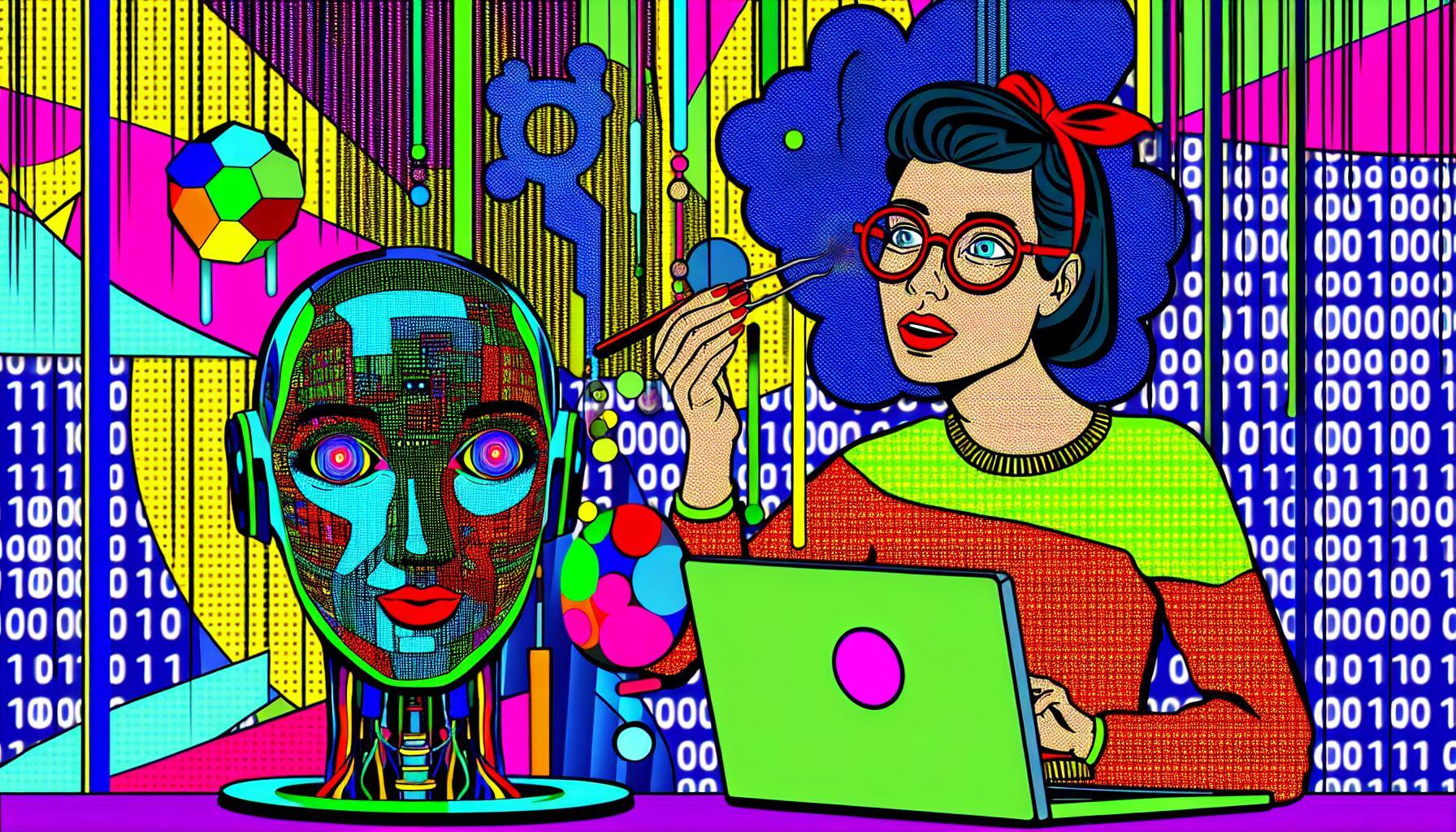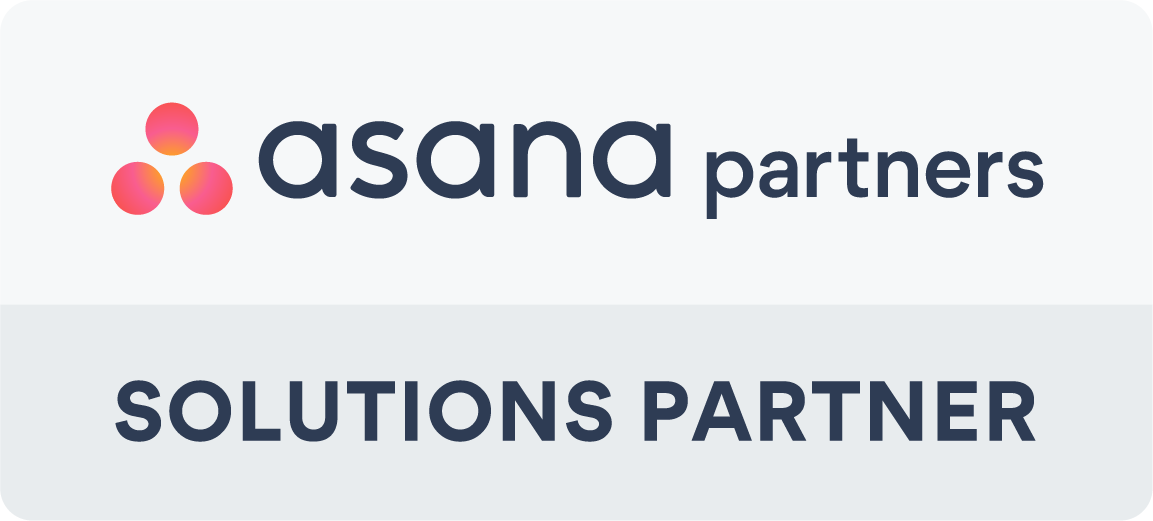Artificial Intelligence (AI) is transforming the business landscape, enabling companies to innovate, automate, and enhance their services. But how do you create an AI solution tailored to your business needs? This comprehensive guide explores the steps, technologies, and platforms available for building AI solutions, focusing on practical examples and best practices. Whether you're a tech-savvy entrepreneur or an established organisation, this guide will help you navigate the complexities of AI development.
Table of Contents
- Understanding AI: A Primer
- Step-by-Step Guide to Creating AI
- Tools and Platforms for AI Development
- Practical Examples of AI in Action
- Leveraging KORE.ai for Your AI Solutions
- Conclusion
- Additional Resources
Understanding AI: A Primer
Before diving into the creation process, it's essential to understand what AI is. AI refers to machines or software that can perform tasks that typically require human intelligence. These tasks include learning, reasoning, problem-solving, and understanding natural language. AI can be classified into several types, including:
- Machine Learning (ML): Algorithms that enable computers to learn from data.
- Natural Language Processing (NLP): Enables machines to understand and respond to human language.
- Computer Vision: Allows computers to interpret and process visual data.
- Robotics: The integration of AI with physical machines.
Step-by-Step Guide to Creating AI
Creating an AI solution involves several steps, from understanding the problem you want to solve to deploying the AI model. Here's a detailed guide:
Define the Problem
The first step in creating an AI solution is to clearly define the problem you want to solve. Ask yourself:
- What specific business problem am I addressing?
- How will AI help solve this problem?
- What are the expected outcomes?
Example: If you're in retail, you might want to use AI to predict customer demand, optimise inventory, and improve customer service.
Gather and Prepare Data
AI models require vast amounts of data to learn and make accurate predictions. Collect relevant data and ensure it's clean, structured, and ready for analysis.
Example: For a customer service chatbot, gather historical customer interactions, including chat logs, emails, and support tickets.
Choose the Right AI Model
Select an AI model that suits your problem. There are various models available, including:
- Supervised Learning: For tasks with labeled data (e.g., classification, regression).
- Unsupervised Learning: For tasks with unlabeled data (e.g., clustering, anomaly detection).
- Reinforcement Learning: For tasks requiring sequential decision-making (e.g., robotics, game AI).
Example: A recommendation system for an e-commerce site might use collaborative filtering (a type of supervised learning) to suggest products to customers.
Develop and Train the AI Model
Develop the AI model using appropriate programming languages and frameworks. Popular languages for AI development include Python and R, and common frameworks include TensorFlow, PyTorch, and Scikit-learn.
Example: Use TensorFlow to build and train a neural network model for image recognition.
Test and Validate the AI Model
Testing is crucial to ensure your AI model performs as expected. Split your data into training and testing sets, and validate the model's accuracy, precision, recall, and other relevant metrics.
Example: Evaluate your chatbot's performance by comparing its responses to a set of standard queries and measuring user satisfaction.
Deploy the AI Model
Once validated, deploy your AI model in a real-world environment. Choose a suitable platform for deployment, such as cloud services (AWS, Google Cloud, Azure) or on-premise servers.
Example: Deploy your AI-powered customer service chatbot on your company's website and integrate it with your CRM system.
Monitor and Maintain the AI Model
AI models require ongoing monitoring and maintenance to ensure they remain effective. Regularly update the model with new data and retrain it as necessary to adapt to changing conditions.
Example: Continuously monitor your recommendation system's performance and update it with the latest purchase data to keep suggestions relevant.
Tools and Platforms for AI Development
Several tools and platforms can simplify the process of creating AI solutions:
-
KORE.ai: A comprehensive platform for building AI-driven chatbots and virtual assistants. KORE.ai provides tools for natural language processing, machine learning, and integration with various business systems.
-
TensorFlow: An open-source machine learning framework developed by Google, ideal for building and deploying machine learning models.
-
PyTorch: An open-source machine learning library developed by Facebook, known for its flexibility and ease of use.
-
Scikit-learn: A popular library for machine learning in Python, offering simple and efficient tools for data analysis and modeling.
-
AWS AI Services: Amazon Web Services offers a range of AI and machine learning services, including SageMaker for building, training, and deploying models.
-
Google Cloud AI: Google Cloud provides a suite of AI tools and services, such as AutoML and AI Platform, to help businesses develop and deploy AI solutions.
-
Microsoft Azure AI: Azure offers a variety of AI and machine learning services, including Azure Machine Learning and Cognitive Services, to build intelligent applications.
Practical Examples of AI in Action
To illustrate the potential of AI, here are some practical examples across different industries:
Healthcare
AI-Powered Diagnostics: AI can analyse medical images to detect diseases such as cancer at an early stage. Tools like Google's DeepMind have shown remarkable accuracy in diagnosing eye diseases.
Finance
Fraud Detection: Financial institutions use AI to monitor transactions in real-time, identifying and flagging fraudulent activities. Machine learning models can detect unusual patterns that might indicate fraud.
Retail
Personalised Shopping Experience: AI can analyse customer behaviour and preferences to provide personalised product recommendations. Amazon's recommendation engine is a prime example of this application.
Manufacturing
Predictive Maintenance: AI predicts equipment failures before they happen by analysing sensor data, helping companies reduce downtime and maintenance costs.
Leveraging Kore.ai for Your AI Solutions
Kore.ai is a leading platform for building AI-driven chatbots and virtual assistants, making it easier for businesses to implement AI solutions. With its robust NLP capabilities and seamless integration options, Kore.ai can help you create intelligent bots that enhance customer interactions and improve operational efficiency.
For more insights and solutions on how to create AI for your business, visit gend.co/kore-ai.
Conclusion
Creating an AI solution for your business is a multifaceted process that involves understanding your needs, gathering and preparing data, choosing and developing the right model, and continuously monitoring and improving the system. By leveraging the right tools and platforms, such as kore.ai, you can streamline this process and achieve significant business benefits.
For more information on building AI solutions, explore our resources and get started on your AI journey today.
Additional Resources
Digital Transformation Amazon Web Services AI Data Management Future of Work business Artificial Intelligence Kore AI Open AI Machine Learning Conversational AI AI Chatbot Chatbot ChatGPT



